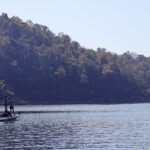Order by 3 PM CT for Same-Day Free Shipping (Lower 48 | Mon-Fri)
As the temperatures dip and the first frost begins to blanket the lakes, many anglers find themselves facing the familiar lull in freshwater fall fishing. Many species begin their seasonal slowdown, almost like they’re packing up for winter break. But don’t hang up your rod just yet—crappie are bulking up for the colder months and ice fishing is on the horizon.
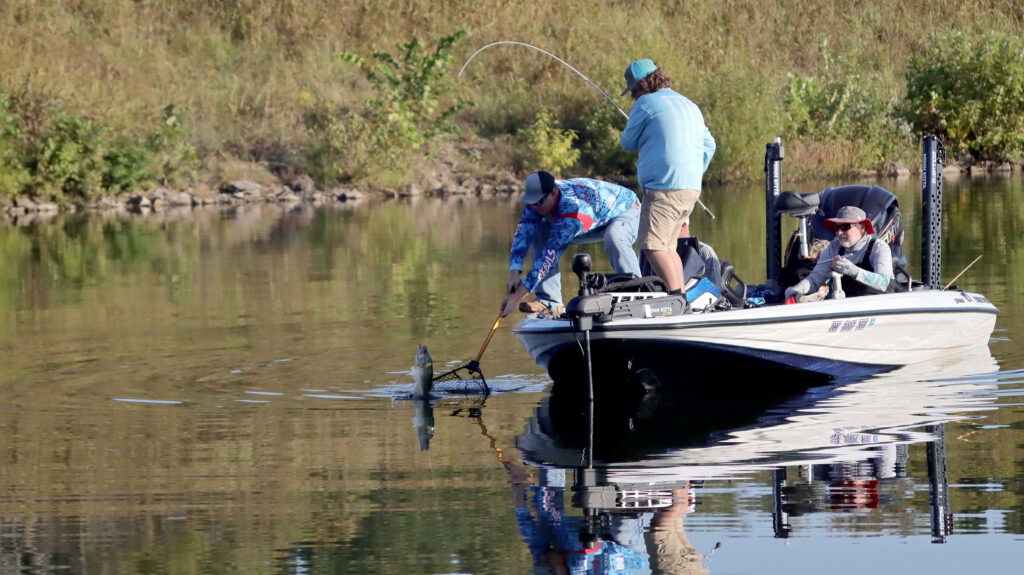
The Change in Freshwater Fishing
Freshwater fishing enthusiasts know the drill. As the days get shorter, many freshwater species, from largemouth bass to pike, slow down in activity. With water temperatures dropping, fish metabolism decreases, leading to fewer bites in most species. This in turn makes for a more challenging fishing experience overall. On the flip side, fall is often a productive season for crappie, who often feed aggressively to bulk up before winter. They tend to move back into shallower waters or around structures like brush piles and submerged trees. In southern regions, crappie can often be caught year-round, but these spring and fall periods tend to be the most productive!
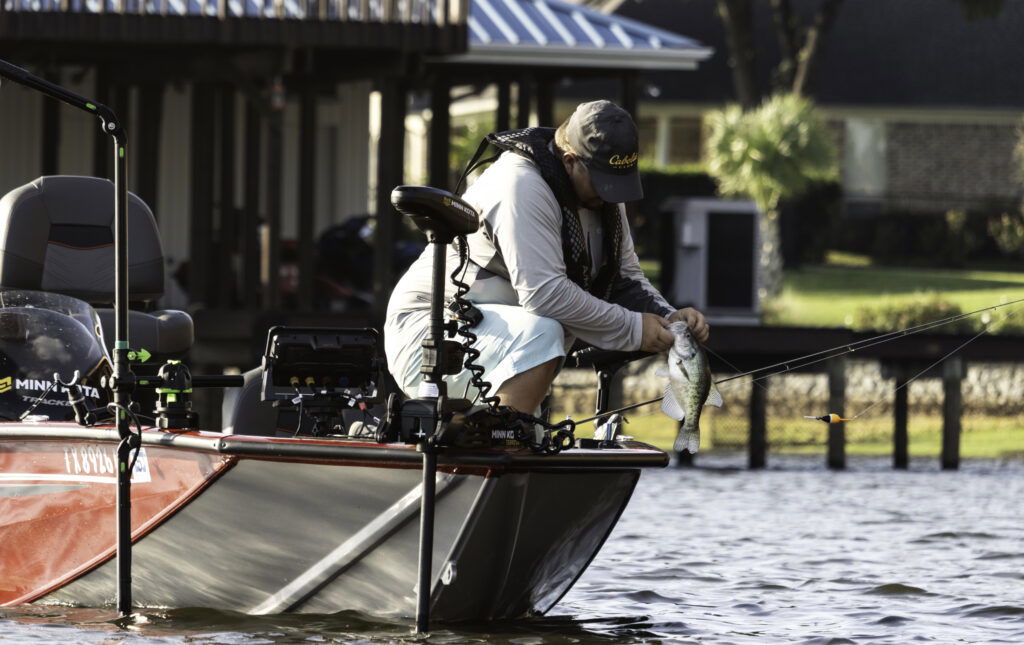
During the summer months anglers approach these fish (crappie) typically in cooler deeper water with a focus around structure, drop offs and thermoclines. Anglers report having success for crappie in water temperatures ranging between 55°F and 75°F. However, crappie are found to be most active and feed consistently, with around 60°F to 68°F. That range is found to be ideal for peak activity.
Bait and lures, during the summer, are focused on minnows or live bait. Research has found they are typically less willing to chase faster-moving artificial lures in the heat, this is due in part because of their seasonal movements within their habitats. Colors that mimic natural baitfish are still effective, but the presentation often needs to be slower and more patient to coax bites from crappie hanging in deeper, cooler water columns.
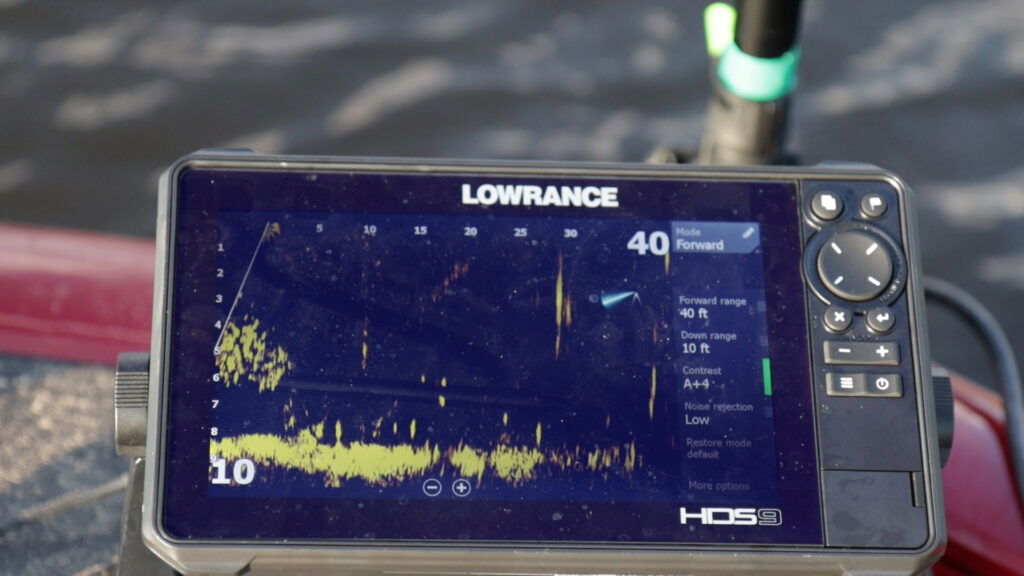
In the fall, your approach needs to be adjusted, as can be expected. Many have found that one of the best artificial lures for crappie fishing is a small jig, especially those in the 1/16 to 1/8-ounce range. Soft plastic jigs with paddle tails or curly tails work particularly well, as their movement mimics baitfish, which crappie actively target during this time. Colors like chartreuse, white, and shad patterns are popular because they stand out in various water conditions. Using a slow, vertical jigging technique around structures like submerged brush or docks often yields good results, as crappie tend to hold near cover in these cooler temperatures.
In colder months, crappie tend to be more aggressive, so scents may be less crucial; however, in low-visibility waters, the added smell can still provide an edge. A light coating of scent on jigs or soft plastics can add a bit of extra appeal without overwhelming the fish. If you’re going this route, look for scents to mimic the smell of natural prey like shad or crawfish.
This isn’t the end for freshwater, though—it’s merely the calm before the ice. Soon enough, ice augers will be buzzing, and frozen lakes will come to life with shanty towns of diehard anglers looking for that prize-winning walleye or perch. But before the lakes freeze solid, you might be left wondering what to do with your gear in the meantime.
Preparing for Ice Fishing: The Right Gear for a Productive Season
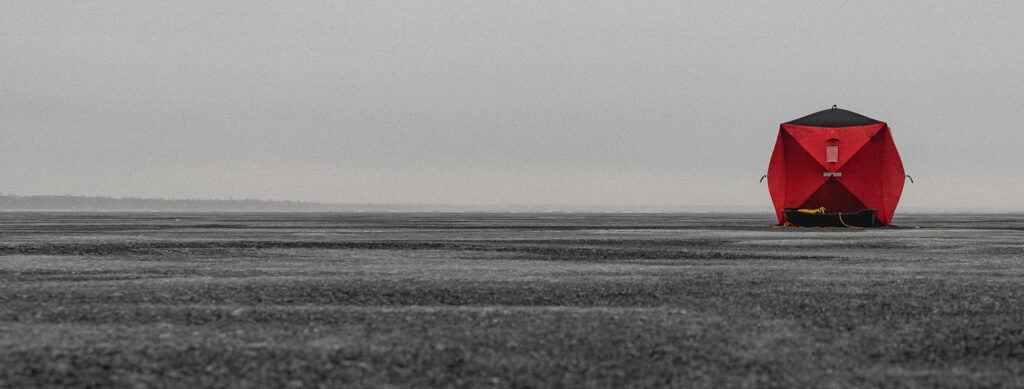
Ice anglers are getting ready to gear up for one of the most rewarding—and challenging—times of the year. Ice fishing isn’t just about patience and skill; it’s about preparation. The cold weather, icy terrain, and remote locations make having the right equipment essential for success.
Let’s talk about the key considerations when assembling your ice fishing gear and how a few smart choices can make all the difference between a productive day on the ice and heading home empty-handed.
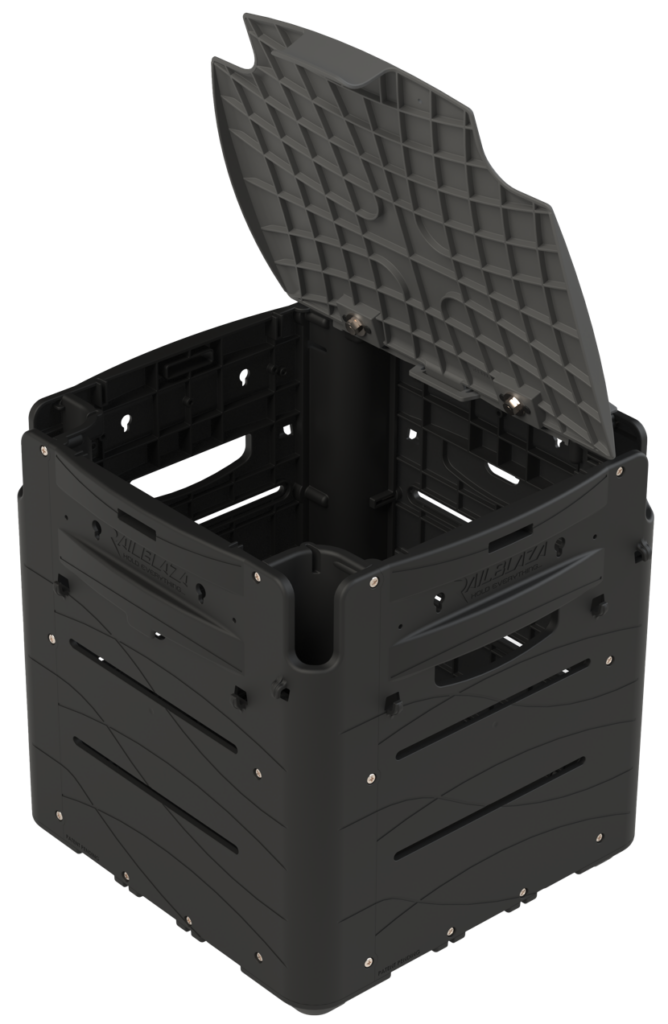
Keeping Gear Organized and Accessible
Ice fishing requires efficiency. Space is often limited, especially if you’re moving between holes or fishing from a small portable shelter. It’s crucial to keep your fishing rods, tackle, and electronics within reach and well-organized. Rod holders, tackle organizers, and adaptable mounting systems allow you to maximize the space you have while keeping everything secure and easy to grab.
A well-organized setup means less fumbling around with frozen fingers and more focus on what’s below the ice. Think about portable solutions that allow you to adapt your setup on the fly. For example, securing your rods and managing your tackle with compact organizers not only keeps things tidy but also saves time when you need to switch up lures or adjust your technique.
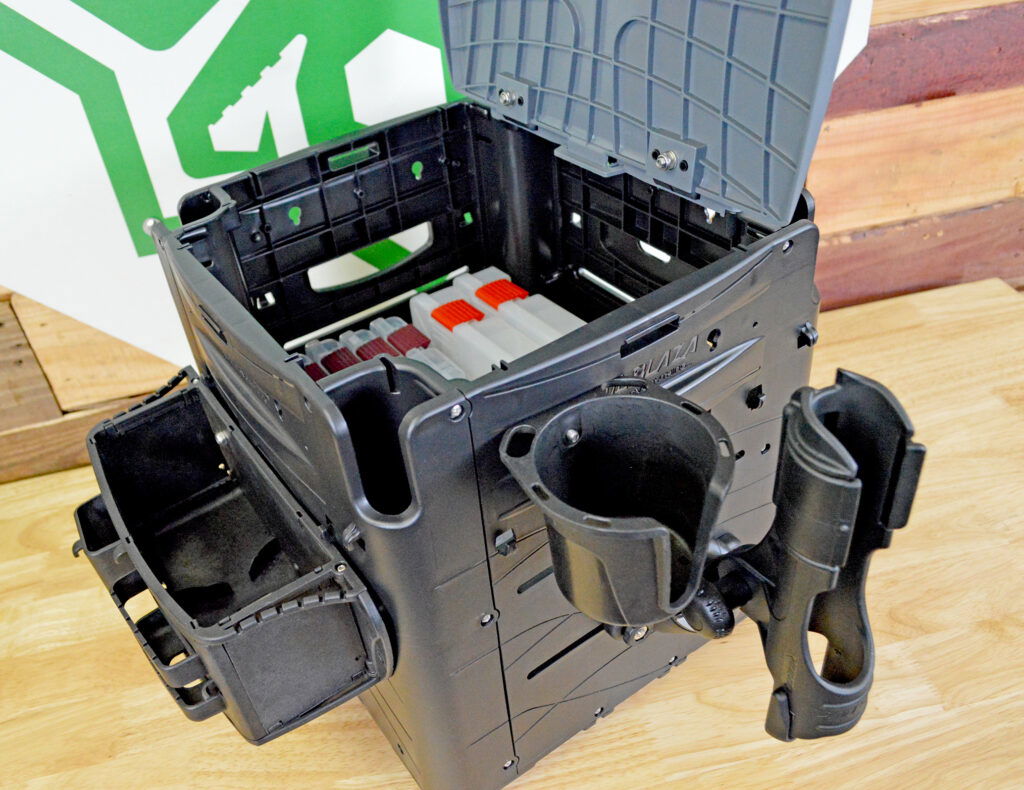
Staying Mobile with the Right Sled Setup
Mobility is key when it comes to ice fishing. Whether you’re hauling gear across snowy terrain or trekking out to deeper parts of the lake, having a reliable sled setup is a game-changer. Invest in a sturdy sled and consider ways to make hauling your gear easier, especially in rough or slushy conditions. Adding durable wheels or modifying your sled to reduce drag can save you a ton of energy—energy you’ll need to drill those holes or wrestle in a hefty northern pike.
Tech on the Ice: Electronics Setup
These days, a fish finder is a must-have for serious ice anglers. Whether you’re using sonar or a flasher, having your electronics securely mounted and positioned just right is vital for accurate readings and easy adjustments. Look for mounting options that allow you to quickly reposition your unit without having to constantly readjust or risk knocking it over. It’s also a good idea to review its features and make sure it still works properly prior to getting out on the ice!
Handling the Catch Efficiently
Once you’ve hooked a fish, the next challenge is processing it on the ice. A dedicated, stable surface for filleting your catch makes things easier, especially when you’re working in cold, slippery conditions. A portable fillet table that can attach securely to your setup is a great way to streamline this process, allowing you to clean your fish without fumbling around.
Lighting and Safety on the Ice
Ice fishing often starts before dawn or continues into the late afternoon, meaning visibility can be a concern. Carrying a compact, portable lighting solution is crucial for both safety and function. Whether you’re marking your location on the ice or ensuring you can see clearly when handling fish, good lighting can make a world of difference during those early morning or evening sessions.


Final Thoughts…Ice Fishing
Ice fishing is one of the most immersive ways to connect with the outdoors in winter, but it requires thoughtful preparation. Ensuring your gear is organized, mobile, and ready to handle the conditions will make your time on the ice not just successful, but enjoyable. By fine-tuning your setup and choosing gear that enhances your efficiency and comfort, you’ll be better equipped to tackle the elements and focus on what matters most: catching fish.
So, as you prepare for the ice fishing season, after this fall fishing season. Take a moment to consider how you can tweak your setup—whether it’s organizing your gear, ensuring smooth mobility, or refining your electronics. With the right preparations, you’ll be ready for whatever the frozen lake throws at you.
